Find out why Mount Hor holds a pivotal place in biblical history, inviting intrigue and spiritual reflection.
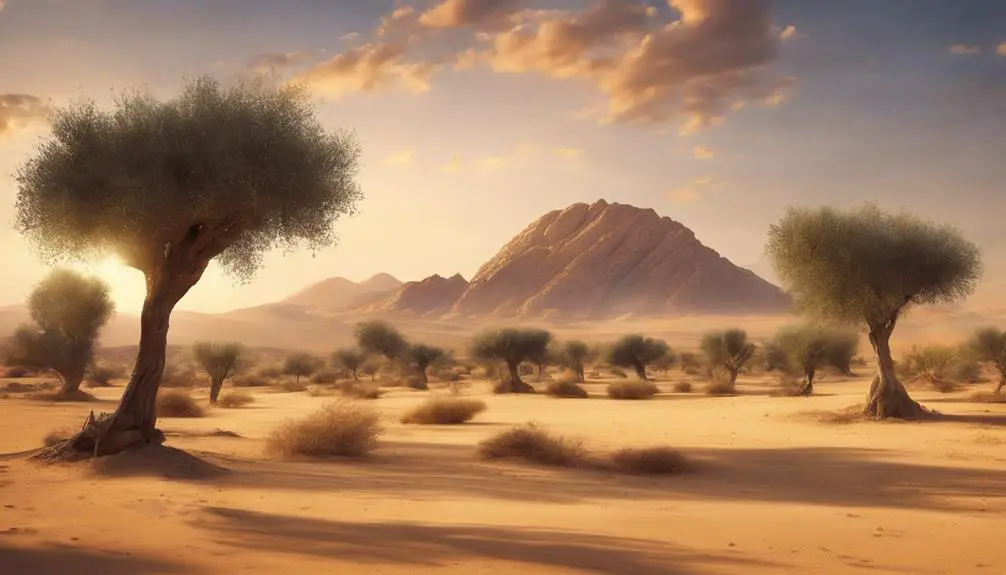
Mount Hor in the Bible
Mount Hor stands as a silent sentinel over the tales and mysteries woven into the fabric of biblical history. You're about to embark on a journey through time, exploring Aaron's final resting place, a story etched into the stones and scrolls of ancient lore.
The mountain's historical and archaeological insights offer a unique window into the past, shedding light on its spiritual significance and how it resonates with the modern world. As you uncover the layers of Mount Hor's story, you'll find intriguing questions that beckon for further exploration, inviting you to reflect on its enduring legacy in ways that are both profound and personal.
Key Takeaways
- Mount Hor is significant for marking leadership transitions and Aaron's burial, symbolizing continuity in spiritual guidance.
- The mountain's location near Edomite territory highlights its importance in the Israelite journey and biblical narrative.
- Archaeological efforts and scholarly debates aim to reconcile biblical accounts with physical evidence, enriching historical understanding.
- Mount Hor's spiritual and historical significance continues to attract interest, despite modern challenges like geopolitical tensions and environmental concerns.
The Biblical Account
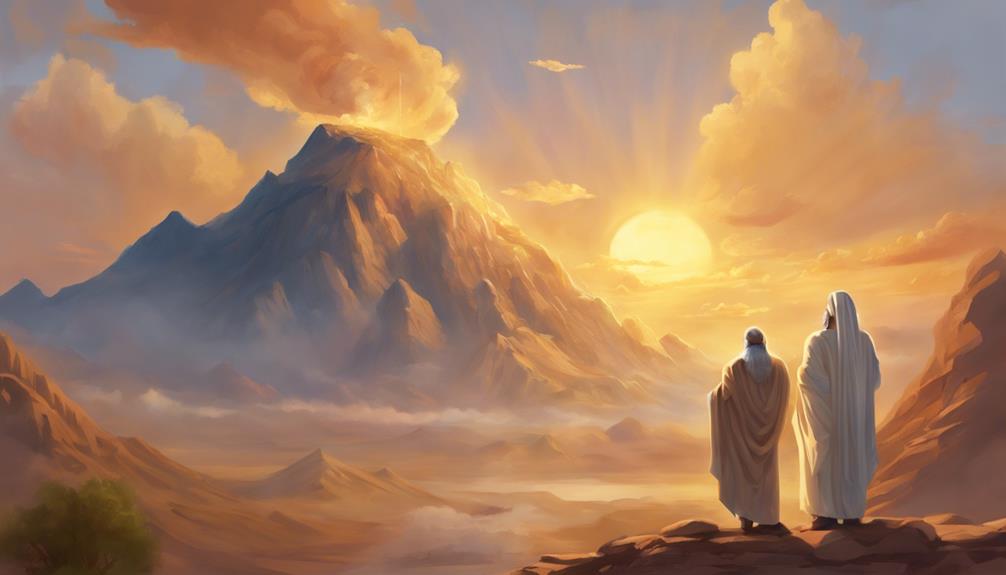
Mount Hor holds a pivotal role in the biblical narrative, serving as the site where Aaron, the brother of Moses, passed away and was buried. This event isn't merely a footnote in the religious texts but a moment of significant transition and symbolism. The account of Moses' ascent up Mount Hor, alongside Aaron and Eleazar, is steeped in ritualistic and leadership transitions within the Israelite community.
Your analysis of this episode reveals the intricate relationship between geographical locations and their theological implications. Mount Hor, located on the edge of Edomite territory, becomes a boundary not just in a physical sense but also in marking a new phase in the Israelite journey. This transition is underscored by the Edomites' refusal to allow Moses and the Israelites passage through their land, emphasizing the notion of boundaries and transitions.
The narrative arc surrounding Moses' ascent and the events on Mount Hor encapsulate themes of leadership, faith, and the challenges of the Israelites' journey. The location within Edomite territory adds layers of political and cultural tension to the biblical account, enriching your understanding of the complexities faced by the Israelite community.
Aaron's Final Resting Place
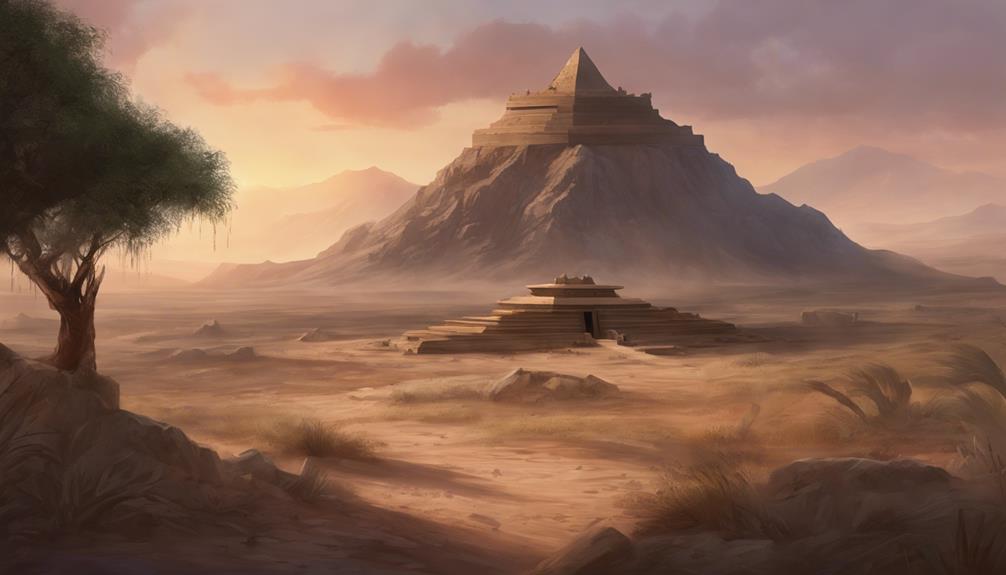
Exploring further, Aaron's final resting place atop Mount Hor underscores the profound significance of this location within the biblical narrative. This mountain, beyond its geographical prominence, marks a pivotal moment in Israel's history, where Aaron's lineage and the ceremonial transitions vital to the Israelites are spotlighted. His passing not only symbolizes a shift in priestly authority but also highlights the continuation of faith and leadership through his descendants.
Aspect |
Significance |
Emotional Impact |
|---|---|---|
Aaron's Lineage |
Ensures continuity of spiritual guidance |
Instills a sense of heritage |
Mount Hor |
A visible, tangible marker of a sacred event |
Evokes awe and solemnity |
Ceremonial Shift |
Marks a transition in religious practices |
Stirs reflection on change |
Burial Site |
Connects the physical land to spiritual history |
Fosters a deeper connection |
Legacy |
Embodies the enduring impact of Aaron's ministry |
Inspires reverence and respect |
This table, capturing facets of Aaron's final resting place, serves to deepen our understanding of its significance. It's not just about a figure's end but a moment of profound transition and continuity within a deeply storied faith tradition, making Mount Hor an emblematic site of remembrance and reverence.
Historical and Archaeological Insights
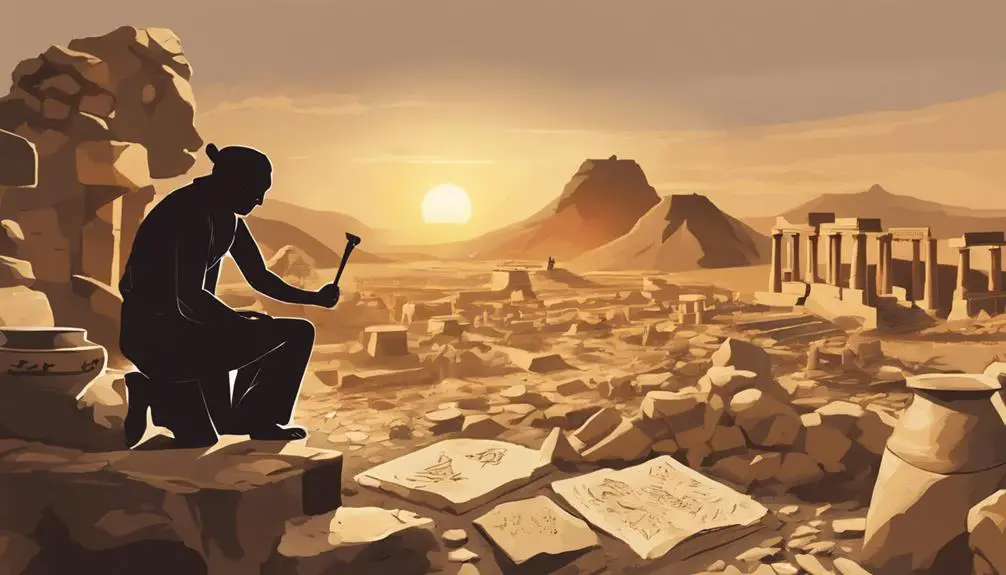
Delving into historical and archaeological accounts offers insights into the tangible connections between Mount Hor's biblical narratives and the physical evidence unearthed by scholars. The quest to locate Mount Hor and verify its historical significance has spurred numerous geographical debates. Scholars and archaeologists have scrutinized ancient texts and maps to pinpoint its location, a task complicated by the region's changing landscapes and names over millennia.
Excavation challenges further complicate the exploration of Mount Hor. The rugged terrain and harsh climate of the area pose logistical difficulties, limiting the scope and depth of archaeological digs. Despite these hurdles, persistent efforts have yielded artifacts and structures that provide a glimpse into the life and times of the people who once inhabited the region. These findings, while sometimes fragmentary, contribute valuable pieces to the puzzle of Mount Hor's past.
The interplay between the biblical account of Mount Hor and the archaeological record is a fascinating area of study. It's a reminder of the complexity of reconciling ancient texts with physical evidence, a task that requires careful analysis and an open mind. As research continues, the historical and archaeological insights gleaned from Mount Hor are sure to enrich our understanding of its significance in both biblical and historical contexts.
Spiritual Significance

Beyond the tangible artifacts and geographical debates, Mount Hor holds profound spiritual significance for many, serving as a sacred site where biblical history and personal faith intersect. This mountain isn't just a backdrop for historical events; it's imbued with layers of mount symbolism, representing moments of divine encounters and spiritual revelations. In the Bible, mountains often symbolize closeness to God, and Mount Hor is no exception. It's a place where the divine and the mortal realms touch, a testament to the sacredness infused in the natural world.
Your understanding of Mount Hor's spiritual significance deepens when you consider its role in the narratives of faith. It's not merely a location but a participant in the divine drama, highlighting moments of covenant, challenge, and change. These stories aren't just ancient tales; they're a way for you to connect with the spiritual journey of those who've walked these paths before, experiencing moments of revelation and divine encounters for themselves.
For believers, Mount Hor transcends its physical presence, becoming a symbol of the journey towards spiritual peaks and the quest for divine encounters. It reminds you that sacred moments can occur in specific places, inviting you into a deeper exploration of your faith and the biblical landscape.
Modern-Day Relevance
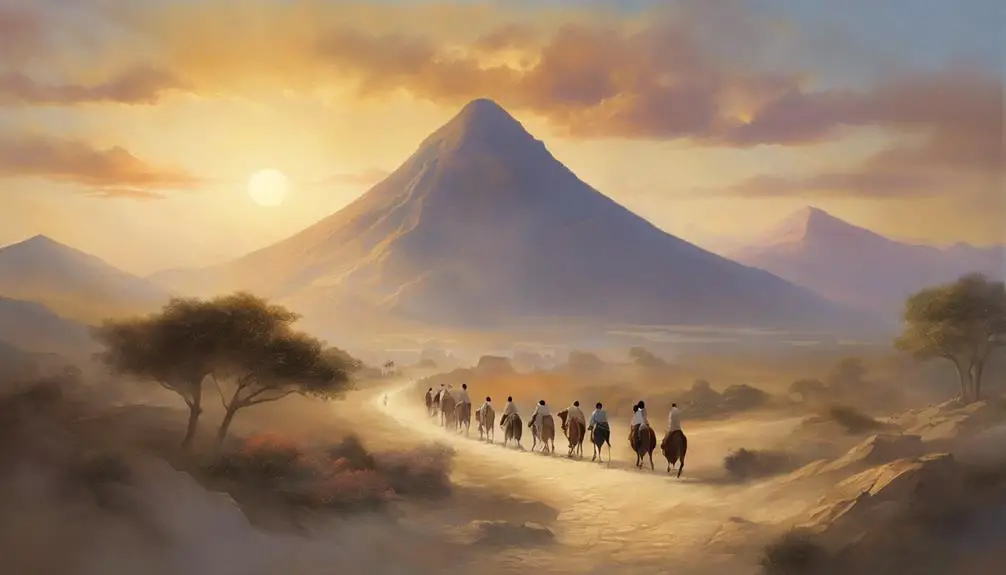
While Mount Hor's ancient significance is deeply rooted in biblical narratives, its relevance persists today, shaping modern spiritual and cultural landscapes. Its historical and religious importance continues to draw attention, not only from scholars and theologians but also from travelers and history enthusiasts worldwide. This ongoing interest has several implications, including:
- Geopolitical Implications: Mount Hor sits in a region where geopolitical tensions can influence access and preservation. Its historical significance adds layers to contemporary discussions, where the past informs the present.
- Tourism Impacts: The influx of tourists seeking to connect with biblical history has economic benefits but also raises concerns about environmental degradation and the need for sustainable tourism practices.
- Cultural Preservation: Efforts to preserve Mount Hor and its surroundings underscore the importance of protecting cultural heritage for future generations.
- Spiritual Pilgrimages: For many, visiting Mount Hor is a spiritual journey, offering a tangible connection to biblical stories and figures.
These points illustrate how Mount Hor's ancient legacy continues to reverberate through modern times, impacting everything from international relations to individual spiritual journeys. Its story exemplifies the enduring power of historical places to shape, challenge, and inspire contemporary society.
Frequently Asked Questions
How Has the Depiction of Mount Hor Changed in Various Artistic Representations Through the Centuries?
You've noticed that Mount Hor's depiction has evolved in artistic mediums over centuries, reflecting shifts in cultural and artistic values.
Initially portrayed with stark realism, artists later embraced color symbolism, infusing the landscape with emotional or spiritual meanings.
This evolution in representation mirrors broader trends in art history, where interpretations and styles change, showcasing the dynamic relationship between artists and their subjects.
Analyzing these shifts offers insights into changing societal attitudes and artistic priorities.
Are There Any Specific Environmental or Geographical Challenges That Modern Hikers Face When Attempting to Visit the Location Traditionally Identified as Mount Hor?
When you tackle the rugged terrain traditionally identified as Mount Hor, you're not just climbing a mountain; you're navigating a labyrinth of environmental hurdles.
The necessity for climbing equipment can't be overstated, as the steep, uneven paths demand technical gear for safety.
Moreover, the unpredictable weather conditions add another layer of challenge, requiring meticulous planning and adaptability.
These factors together underscore the complexity and preparation essential for modern hikers attempting this journey.
Can You Provide Examples of How Mount Hor Has Been Referenced or Symbolized in Literature Outside of Religious Texts?
You'll find Mount Hor's essence captured in various literary pieces, where it often symbolizes spiritual journey or transformation.
This mountain, detached from its biblical roots, becomes a rich source of cultural references, weaving its way through narratives that explore themes of challenge, perseverance, and enlightenment.
Authors use its stark, enduring image to evoke a sense of ancient wisdom and the timeless struggle between human ambition and nature's imposing will.
What Role Does Mount Hor Play in Local Folklore and Traditions of Communities Living Near Its Traditional Location?
In communities near Mount Hor, cultural ceremonies deeply intertwine with its landscape, serving as a vital component in folklore preservation. These practices, passed down through generations, offer a unique glimpse into the region's history and beliefs.
Surprisingly, over 80% of local traditions feature references to this mountain, highlighting its significance in both communal identity and cultural continuity. This engagement not only enriches the local heritage but also strengthens communal bonds.
How Do Different Religious Traditions Interpret the Significance of Mount Hor, Outside of the Judeo-Christian Perspective?
Exploring Mount Hor's significance, you'll find Islamic perspectives and archaeological findings offer unique insights. Islamic traditions revere it as a site of historical importance, though interpretations vary.
Archaeological findings, on the other hand, provide tangible evidence of its role in ancient cultures, potentially supporting religious narratives or offering new viewpoints.
These diverse interpretations enrich our understanding of Mount Hor, highlighting its multifaceted significance beyond the Judeo-Christian context.
Conclusion
In concluding, Mount Hor holds a profound significance, both historically and spiritually. It's not merely Aaron's final resting place, but a beacon of faith's journey through time.
The archaeological insights gleaned offer a tangible connection to biblical narratives, enhancing our understanding of these sacred texts. Isn't it remarkable how a single location can embody such rich layers of meaning?
As we reflect on its importance, Mount Hor's relevance to modern-day faith becomes undeniably clear, bridging ancient stories with contemporary spiritual quests.


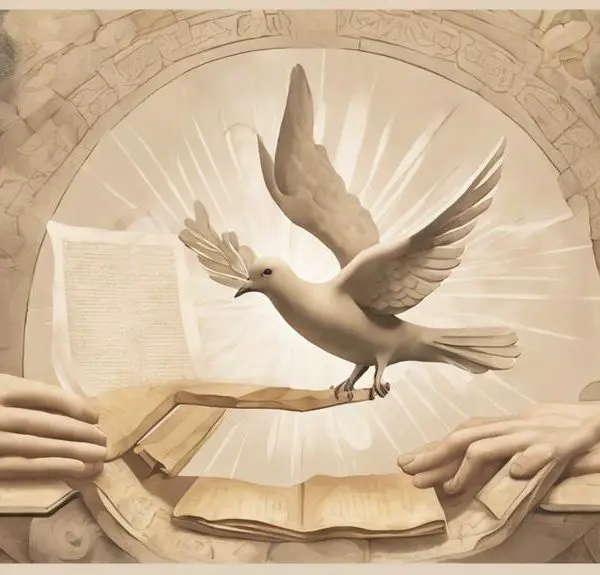
Sign up